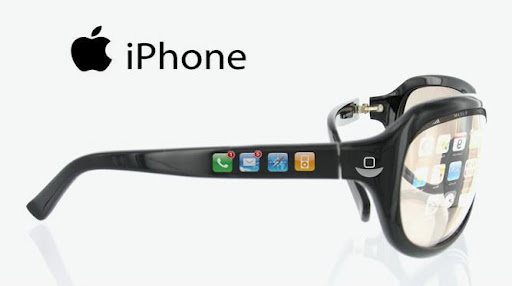Programmed obsolescence is the norm among the big names in tech and Samsung is no exception with its release of Samsung 9 Series, barely 10 months after Samsung’s S8 wowed the public. Like all launches, media was all agog over its launch in Barcelona during the Mobile World Congress (MWC)- and for a good reason, Samsung has touted it as the “Camera – Reimagined! The revolutionary camera that adapts like the human eye.”
Truth be told, it doesn’t look very different from its predecessor – just a bit thicker, sleeker, and heavier. There is no major overhaul – just more of the good stuff. One nice thing is that the price is not that much higher than the S8 series. Big brother S9+ at $840 is just over $100 more expensive than the handier S9 at $720.
Initially, it seems like a lot features are common to both the Samsung 8 (Android v7 Nougat) and the Samsung 9 (Android v8 Oreo):
- 5.8″ display S9, 6.2″ display on S9+
- 64 GB storage
- 12 MP Camera
- 4 GB Ram (6GB Ram in S9+)
- 12 MP Camera
- Dual Sim, Nano size
- Network (4G, 3G, 2G)
- Processor (Octa-core); S9 has the Qualcomm Snapdragon 845 processor
- Water-resistant, dust-proof, fingerprint resistant
- Super AMOLED display, 1440 x 2960 pixels resolution, 568 ppi
- Infinity display
- Stereo jack, USB-C, expandable SD
- Fast charging battery; wireless charging
But there are fine differences like the change in position of the fingerprint sensor that totally avoids smudging the rear camera lens (as it did in the S8). It’s no longer beside the camera but below it. The speakers have vastly improved; now stereo, largely as a result of Samsung’s acquisition of Harman Kardon, with sound now coming from the top and the bottom. The display is re-engineered to be a bit more curved than the angular S8 series.
And now, the icing on the cake, the incredible camera that performs like an SLR with its variable aperture. This means that you have absolutely better control and can take pictures even in dim lighting conditions. In the past, you either had to depend on flash (which can distort and wash-out color) or make do with dim photos and edit them even if the resulting shots are annoyingly grainy or ‘muddy’. The Samsung 9 series gives you the freedom to take larger aperture portrait shots for more accurate exposure and wider angle selfie shots. Both models have the variable aperture lens which can open up to 1.5 in dim light and close to 2.4 if you are in a well-lit environment. Samsung is hyping up the “slow-mo” that can shoot 960 frames per second and the HD video which is crisper and smoother. The S9 has a single camera while the S9+ has a dual camera (with wide angle and telephoto lens) which is perfect when you want to create “artistic” shots with variable amounts of blurring. In the past, controls were more digital or software-dependent. This time, true to professional standalone cameras, there is an aperture that is physically adjusting to variance in light. So, if you are one of those who won’t get satisfied with selfie sticks or run-of-the-mill poorly exposed shots. then you’ve found your match. It makes the once venerable Carl Zeiss lens quite outdated and is a far cry from the usual point and shoots.
Back to the question – is it worth the upgrade? Judging by the reactions of those who attended the Barcelona launch, it’s most definitely an improvement. And with very little price difference, it could even be considered a bargain!















